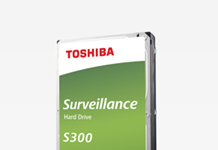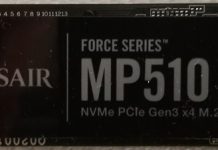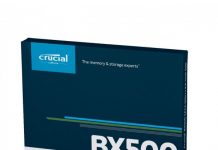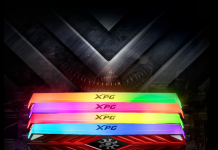|
|
Article: 2011 the year of the SSD |
2010 has been a great year for SSD, and the future looks
even brighter for SSD in 2011.
My, doesn’t time fly? It only seems like yesterday when I
first got my hands on an SSD. That was back in late 2008 when I purchased a
couple of OCZ Core V2 60GB SSDs. The plan was to have them in a RAID 0
configuration, and they cost a small fortune. The plan didn’t really work out
as I thought it would. First of all, the Core V2 series used the first JMicron
SSD controller, which had very limited small file random write performance, and
although I had no problems with the dreaded stuttering, they didn’t really work
that well until they were placed on a very expensive hardware RAID controller
with a good amount of cache. Once this was done, they turned in some very
respectable performance.
It was 2009 before SSDs really got going, with the Intel X25-M
series of MLC based SSDs. They were really the first SSDs that you could drop
into a system to replace a traditional spinning HDD. Soon after Intel launched
their X25-M series of SSDs, Indilinx launched their BareFoot SSD controller,
and many manufacturers launched SSDs based on BareFoot. Probably the most
famous SSD based on the BareFoot was the OCZ
Vertex series. At last Intel had some very serious competition, and the
OCZ Vertex sold like hot cakes, and it still is a very nice SSD, even now when
we are fast approaching 2011.
When SSD really got into gear
This year (2010) has really seen SSDs become the most desirable
upgrade for the end user. Prices of NAND and the prices of SSDs in general have
now come down to a fairly reasonable level, and SSD is now affordable to the
masses who would like an extremely fast system drive.
The shining star of 2010 without doubt has been SandForce,
and their SF-1200 series SSD controller. Not only does the SandForce SF-1200
have astounding performance, it also offers great durability, with the
controller being smart enough to take great care of that very expensive NAND
thanks to DuraClass technology. OCZ were the first to bring an SSD to the
market using a SandForce SSD controller, the SF-1500 based OCZ Vertex LE, and
was soon to offer the Vertex 2
and Agility 2. Other manufacturers including Corsair, G.Skill were soon to
follow OCZ with SandForce based SSDs.

OCZ Vertex 2
The other star of 2010 was Crucial, who launched the first,
and still the only native SATA 6Gbps SSD, the RealSSD C300 series. Some could
argue that the RealSSD
C300 with its SATA 6Gbps interface was ahead of its time, and there
really wasn’t a good SATA 6Gbps motherboard solution to take advantage of the
speed that the RealSSD C300 series was capable of, which is something we will
find out fairly soon, providing Intel P67 delivers what is expected from this
chipset, and its native SATA 6Gbps support.

Crucial RealSSD C300
So who else has been making waves in 2010?
JMicron launched their JMF618 SSD controller, and Kingston,
Western Digital, among others was soon selling drives based on the JMF618
controller. The JMF618 supported TRIM, used a 64MB cache, and had much better
small file random write performance, bringing it closer to its rivals from
Indilinx and Intel, as seen here in the Kingston
Technology SSDNow V100 review. The JMF618 is also capable of very
strong sequential performance. While it can’t compete with SandForce based
drives for I/O performance, it is a perfectly capable controller with a very
good turn of speed. A Toshiba variant of the JMF618 also made an entrance, the T6UG1XBG
SSD controller.
Indilinx also updated the BareFoot with a new version called
Martini. Martini so far to my knowledge only found its way into the OCZ Vertex
Plus. The Martini SSD controller offers higher I/O performance and read write
speeds over the earlier BareFoot SSD controller.
The highlight of 2010
The real highlight of 2010 for me was the OCZ
RevoDrive X2, an SSD which didn’t connect to SATA at all, and instead
was housed on an x4 PCIe card. It uses 4 SandForce SF-1200 SSD controllers in a
RAID 0 configuration, and is without doubt the fastest single SSD solution
available which is aimed at the home enthusiast.

OCZ RevoDrive X2
Let’s take a look at what is coming early in 2011, on the
next page......

















